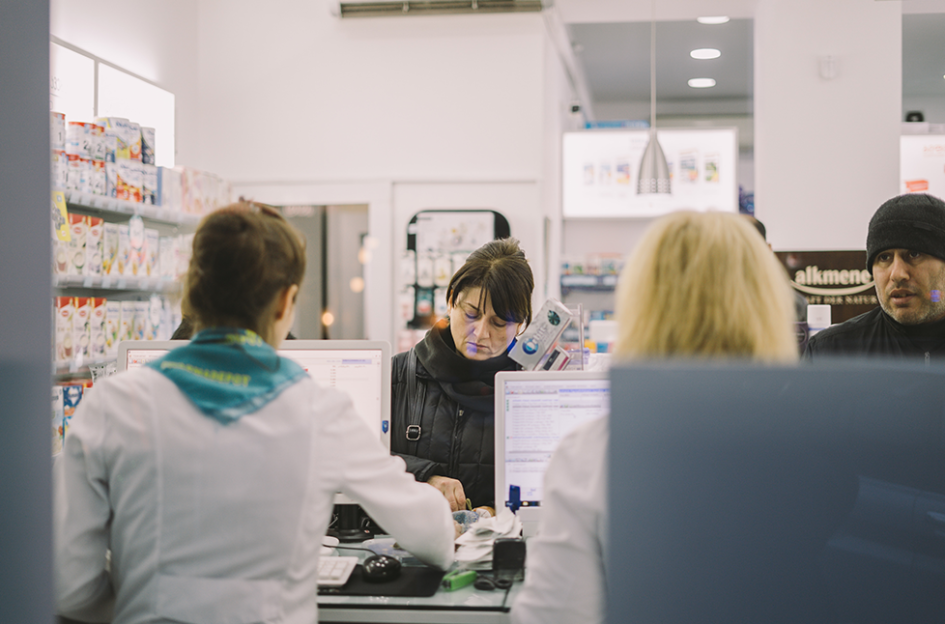The Medicare Part D prescription drug coverage gap, also known as the “donut hole,” is a period during which enrollees in Medicare Part D plans pay a larger share of their prescription drug costs. In this article, we will provide a comprehensive guide on how to navigate the Medicare prescription drug coverage gap.
- Understanding the Coverage Gap
The Medicare Part D coverage gap occurs when the total cost of prescription drugs paid by both you and your plan reaches a certain limit. In 2023, this limit is $4,430. Once you reach this limit, you enter the coverage gap and must pay a larger share of your prescription drug costs until you reach a second limit, after which catastrophic coverage begins.
- Navigating the Coverage Gap
To navigate the coverage gap, it’s important to understand the costs associated with the gap and the strategies you can use to minimize these costs. During the coverage gap, you will pay 25% of the cost of brand-name prescription drugs and 37% of the cost of generic drugs.
- Maximizing Your Drug Coverage
To maximize your drug coverage and minimize costs during the coverage gap, consider the following strategies:
- Check if you qualify for the Extra Help program, which can help pay for some or all of your prescription drug costs.
- Use generic drugs whenever possible, as these are often less expensive than brand-name drugs.
- Consider switching to a different drug that is covered by your plan and costs less than your current medication.
- Utilize patient assistance programs offered by drug manufacturers or non-profit organizations to help cover the cost of your prescription drugs.
- Talk to your healthcare provider about alternative treatments or medications that may be less expensive.
- Catastrophic Coverage
Once you reach the second limit, known as the catastrophic coverage limit, your Medicare drug plan will cover most of your prescription drug costs for the remainder of the year. You will pay only a small coinsurance or copayment for each covered drug.
In conclusion, the Medicare Part D prescription drug coverage gap can be a costly and confusing period for enrollees. By understanding the coverage gap, navigating it effectively, and maximizing your drug coverage through strategies such as using generic drugs, utilizing patient assistance programs, and talking to your healthcare provider, you can minimize your out-of-pocket costs and ensure that you receive the prescription drug coverage you need to stay healthy and well.
Join Today & Receive Updates via SMS/Email
Sign up for our new article alerts to receive the most recent healthcare tips & stay up-to-date
(RECURRING MESSAGES & DATA RATES MAY APPLY)





